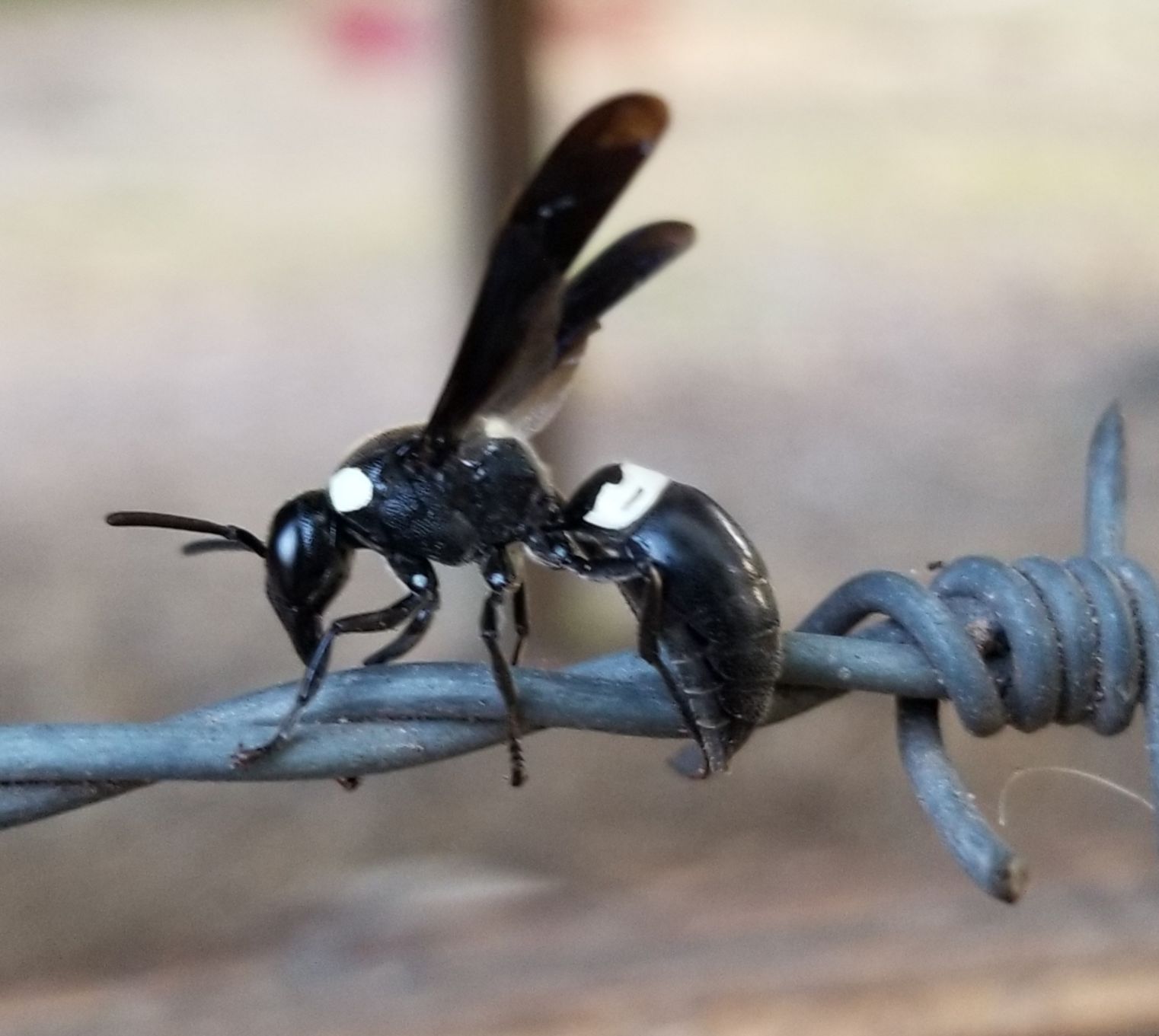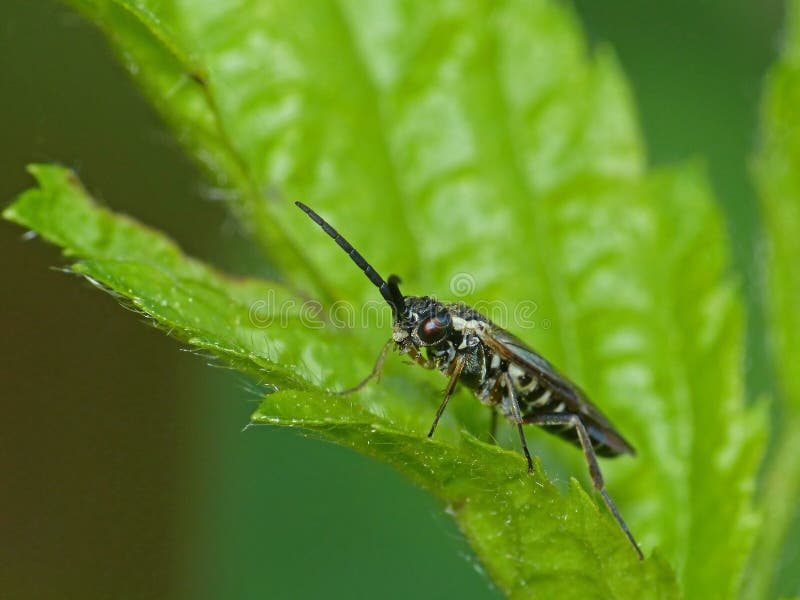
Photo courtesy of University of Maryland Extension These wasps have a thin waist, lack pollen baskets, and are less hairy than bees, but many people still mistake them for bees. These are aggressive social wasps nesting underground, in hollow trees, in crevices, or under the eaves of houses and similar structures. In the United States, the yellow jacket and the paper wasp can sting repeatedly with their smooth (unbarbed) sting. Most people’s fears of “bees” are fueled by a lack of knowledge or by mistaken identity. As we have seen, humans are not always friendly towards bees, but we may be less likely to want to help them if we believe that they are the enemy.

Yet bees, unlike wasps, are likely to sting only if their colony is threatened or they are being squashed. The media has widely reported the recent losses of bees, leading to a range of responses from interest and concern to outrage, but they also often report that bees sting and sometimes kill humans. Wasps are often mistaken for other species of bees like the honey bee–but it’s important to know the distinction between the two! Similar to the identification of any species, it is possible to identify wasps through observation. To learn more about the nesting behaviors of wasps, click here. Solitary wasps usually make their nests underground and it is uncommon to see them flying around–these types of wasps are also unlikely to be aggressive and rarely sting since they are not socialized like the honey bee. A solitary insect is the exact opposite, in which the insects live by themselves and don’t interact with or rely on others to survive. Scientifically, social insects are defined as having an overlap of generations, cooperative care of the brood (babies), and reproductive division of labor (typically called queens and workers). They’re all classified in the same branch of the evolutionary tree that is called Hymenoptera.” “We see wasps as cousins to bees, and we also see ants as the third and final cousin to bees and wasps. Wasps have chewing mandibles, or chewing mouth parts that come together like scissors so that they are able to consume protein from pests that are often found in gardens. However, wasps are also identified as carnivores as they rely on meat for protein, whereas the honey bee follows a vegan diet and instead gets protein from pollen.Īlthough wasps are often feared by people because of their bright color and ability to sting more than once, wasps are considered vital (and mostly docile!) pollinators that perform essential functions that protect our ecosystem, like pollinating plants and acting as a natural pest management system. Similar to the bee species, wasps receive carbohydrates from the same source, flowering plants.

Worldwide there are more than 30,000 identified species of wasps, and each vary in color, size, and even nesting habit.



 0 kommentar(er)
0 kommentar(er)
